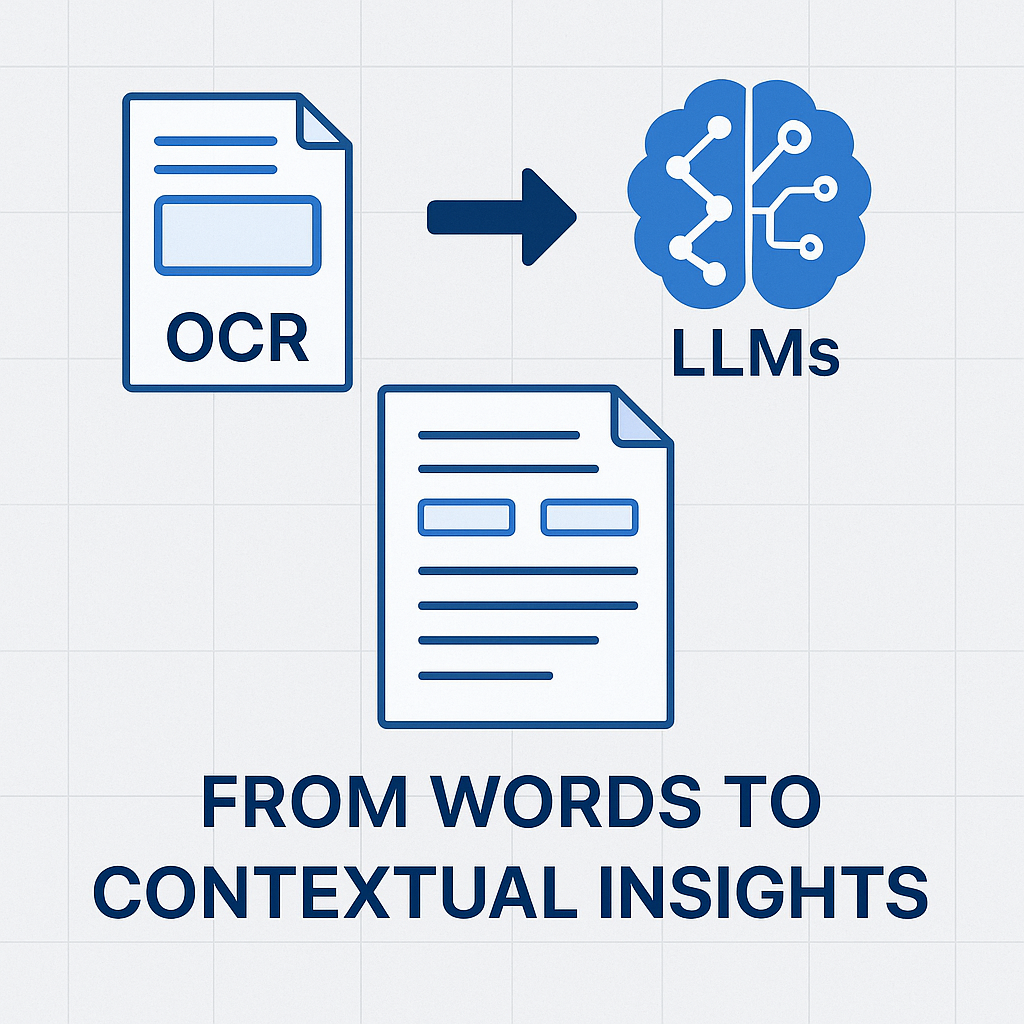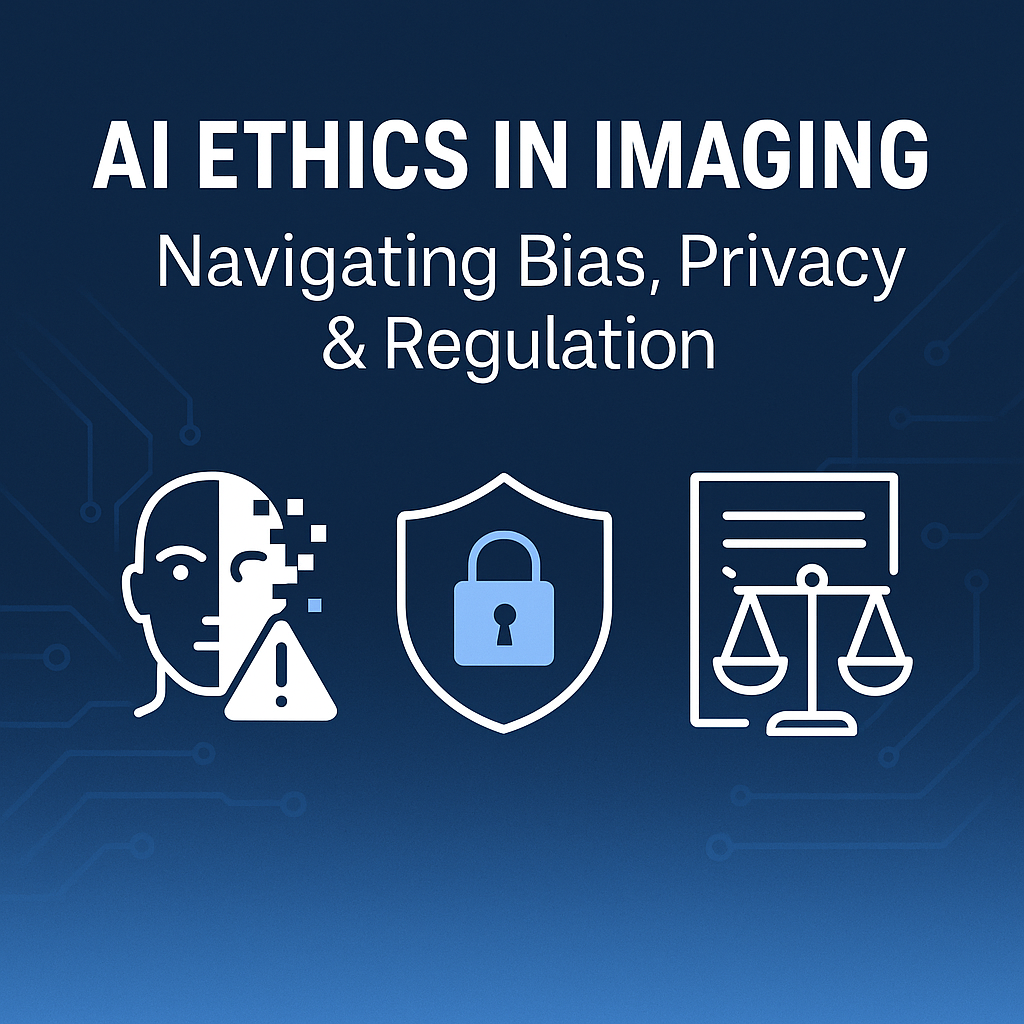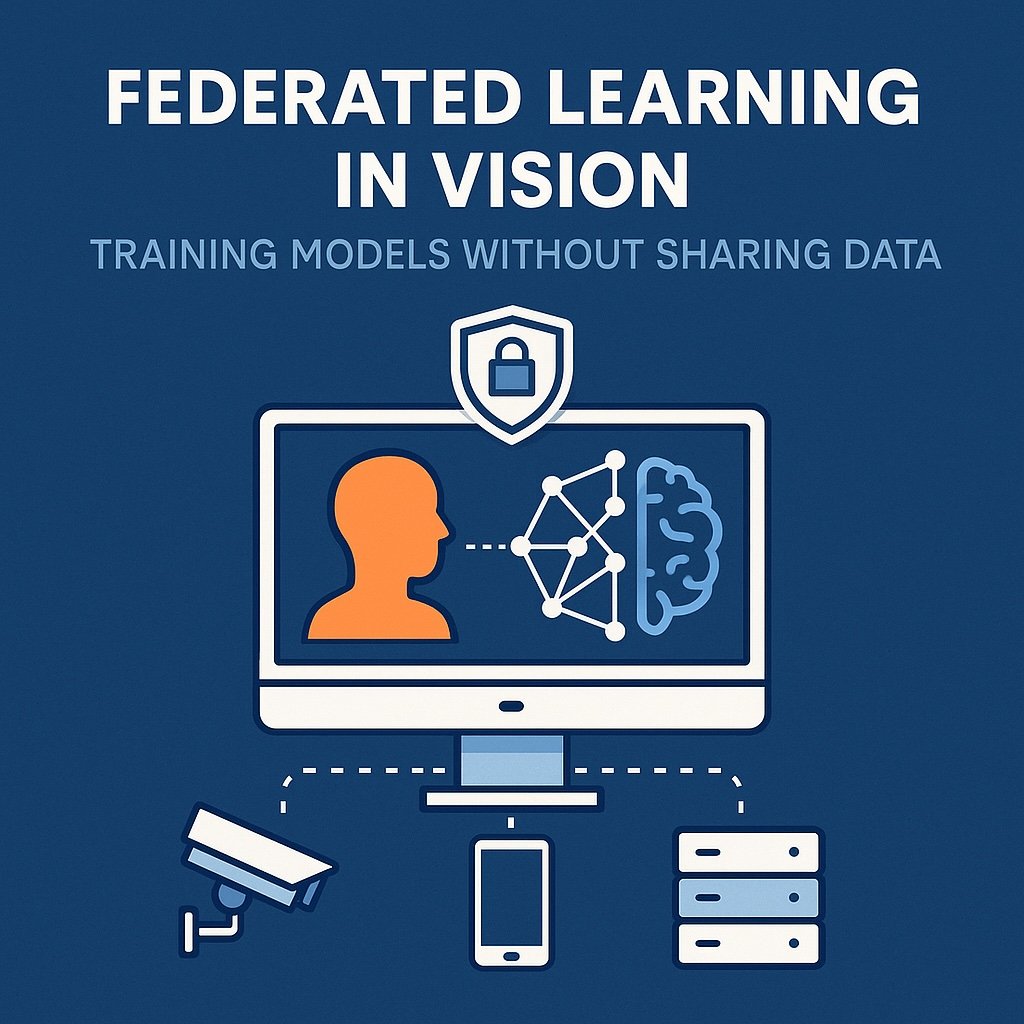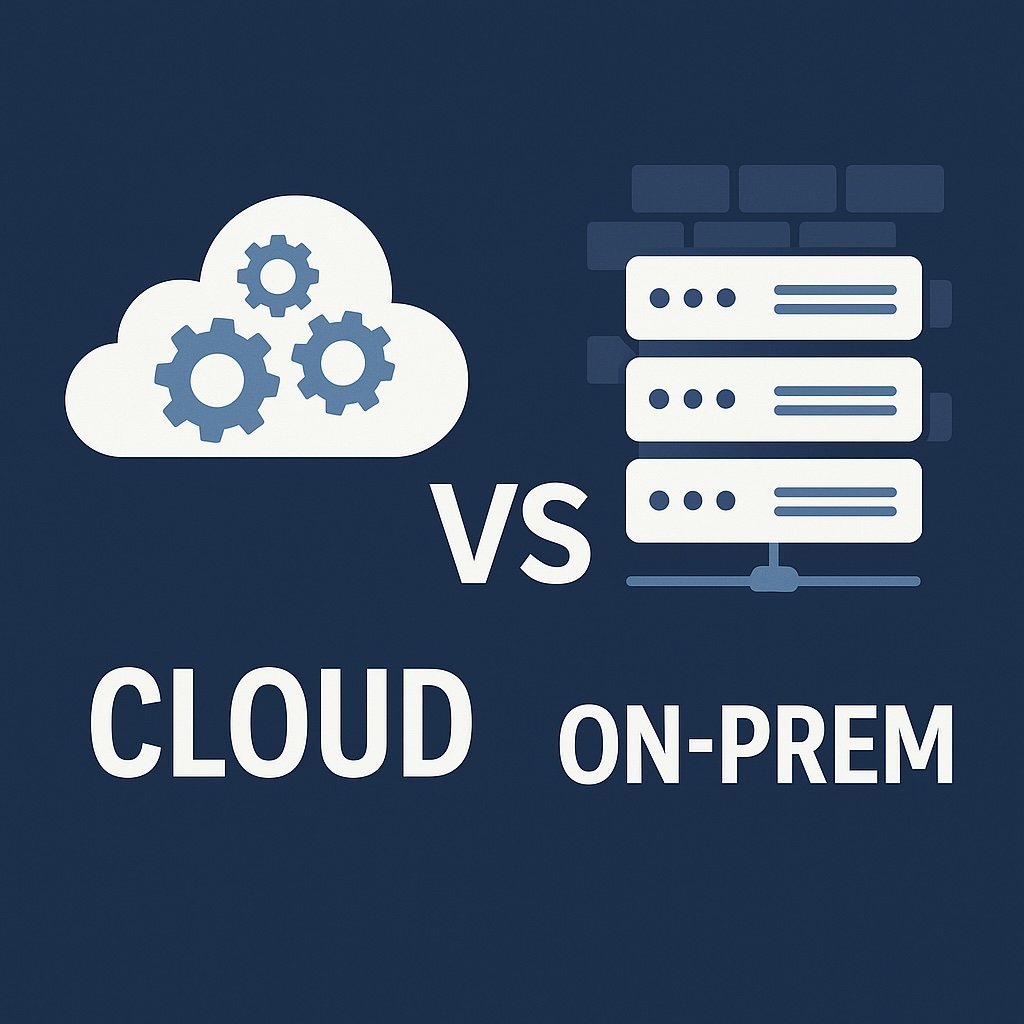
OCR as a Differentiator in Digital Transformation Journeys
With 71% of CFOs prioritizing digital transformation and automation proven to deliver up to 85× faster workflowswith 90% fewer errors, the finance function is under pressure to move faster and smarter. Yet one of the most powerful enablers of this shift often works quietly in the background: Optical Character Recognition (OCR). Far from being just a document digitization tool, OCR is a strategic differentiator — unlocking real-time data, enhancing compliance, and fueling intelligent automation pipelines. In this article, we explore how OCR is accelerating transformation, delivering rapid ROI, and positioning enterprises for next-generation efficiency.

OCR + LLMs: From Words to Contextual Insights
Enterprises have long relied on OCR to digitize paper, but raw text alone offers limited business value. Today, the real transformation comes from pairing OCR with Large Language Models (LLMs). This hybrid approach not only extracts words but also interprets their meaning, identifying key-value pairs, mapping document structures, and attaching confidence scores. Contracts, forms, and reports can now be turned into analytics-ready data streams — delivering faster insights, reducing compliance risk, and enabling strategic agility. For executives, OCR+LLM pipelines are not just a technology upgrade, but a catalyst for smarter, more resilient decision-making.

AI Ethics in Imaging: Navigating Bias, Privacy & Regulation
As AI-powered imaging systems become integral to products and operations, ethical risks like bias, privacy violations, and regulatory breaches are no longer just technical concerns — they’re boardroom issues. This blog post unpacks the strategic value of ethical vision AI, showing how C-level leaders can transform compliance into competitive advantage through smart governance, responsible deployment, and scalable technical safeguards.

Federated Learning in Vision: Training Models Without Sharing Data
In a world where data privacy is both a legal requirement and a competitive differentiator, federated learning is emerging as a game-changer for computer vision. It allows organizations to train AI models across decentralized image data — without ever moving or exposing sensitive files. From retail shelf analytics and medical imaging to defect detection and autonomous driving, this privacy-first approach is enabling faster, safer innovation. In this post, we explore how federated learning works, where it’s delivering real ROI, and how C-level leaders can adopt it using a blend of ready-made APIs and custom solutions to stay ahead in the AI race.

Vision Transformers 2026: State of the Art & Business Impact
Vision Transformers are redefining what’s possible in computer vision — and in 2026, they’ve moved from cutting-edge research into the heart of business operations. From automating defect detection in manufacturing to powering intelligent document processing in fintech, ViTs now deliver enterprise-grade accuracy, scalability, and adaptability. This article explores the state of the art, the architectural breakthroughs behind ViTs' rise, and how forward-thinking companies are deploying them through cloud APIs and custom solutions to gain measurable performance and strategic advantage.

Cloud vs On-Prem: Which Is the Right Choice?
Cloud or on-prem? In 2025, this question is no longer just about infrastructure — it’s about innovation, speed, compliance, and cost strategy. As AI-powered image processing becomes integral to products and operations, C-level executives must weigh the trade-offs between agility, control, and long-term ROI. This post breaks down the key decision criteria, explores real-world deployment models, and reveals why hybrid strategies are becoming the blueprint for future-ready AI.

Build or Buy: How to Make the Right Choice
In today’s fast-paced digital landscape, organizations are under growing pressure to adopt AI-powered image processing. But when it comes to enabling computer vision capabilities, should you build a custom solution or buy a ready-made API? This post explores the strategic trade-offs, key decision criteria, and hybrid approaches that can help you make the right choice — faster, smarter, and with long-term value in mind.

Off-the-Shelf AI Cloud APIs for Enterprise Businesses: Pros & Cons
AI is transforming enterprise operations, offering automation, efficiency, and scalability like never before. Businesses today have two primary options for integrating AI into their workflows: off-the-shelf AI APIs or custom AI development. While ready-made AI APIs provide instant access to advanced AI capabilities such as OCR, object detection, background removal, and facial recognition, they also come with limitations in customization, cost scaling, and data privacy.
This blog post explores the advantages and drawbacks of off-the-shelf AI APIs, helping enterprises determine whether they should rely on pre-built AI models or invest in custom AI development. We discuss key factors such as cost efficiency, scalability, security concerns, and long-term sustainability, providing a strategic framework for businesses looking to maximize the benefits of AI while minimizing risks.
Choosing the right AI approach is crucial for driving efficiency, reducing operational costs, and staying ahead of the competition. Whether leveraging cloud-based AI APIs for quick integration or developing tailored AI solutions for specialized needs, enterprises must carefully evaluate their AI strategy to ensure long-term success.
